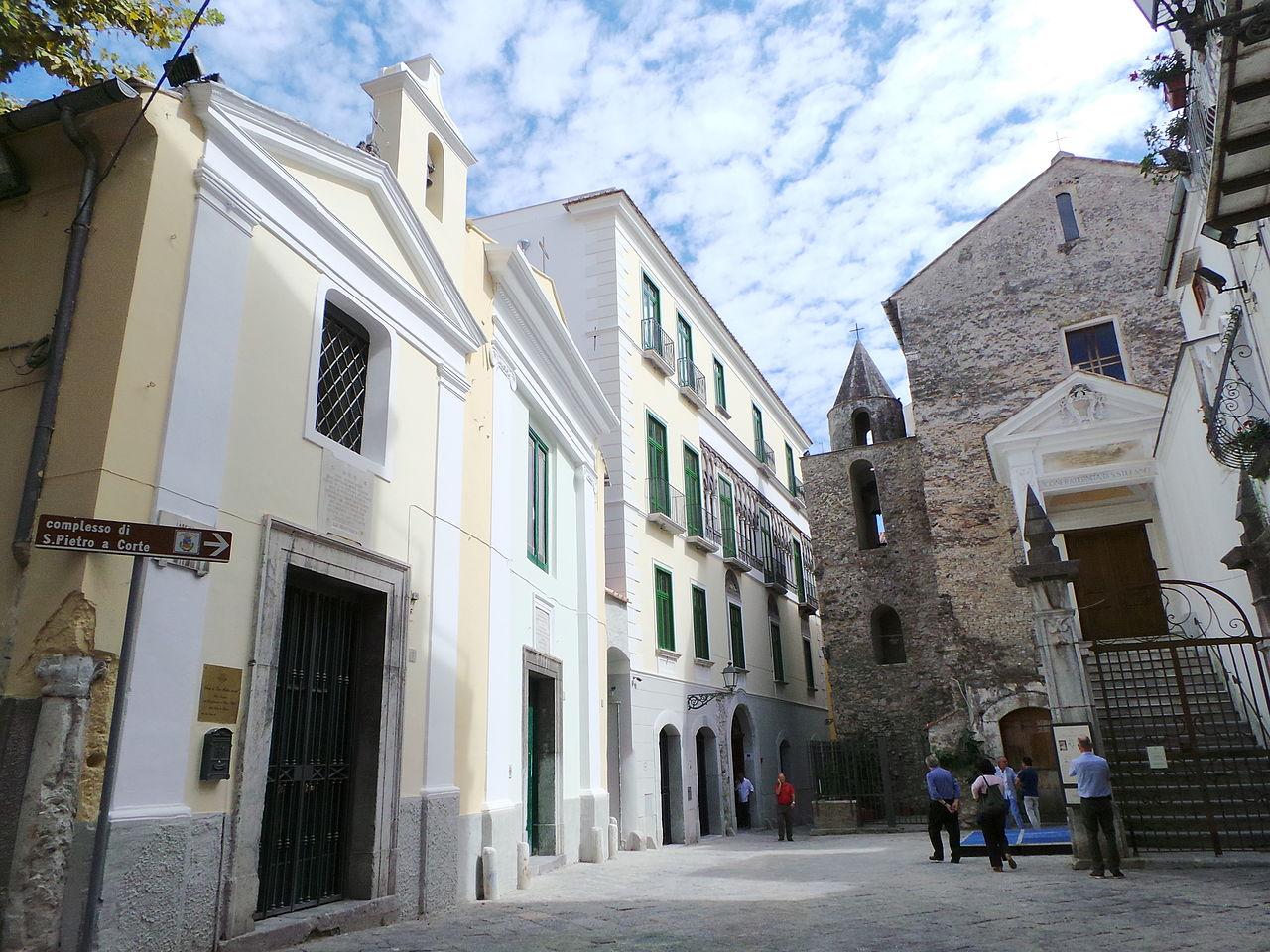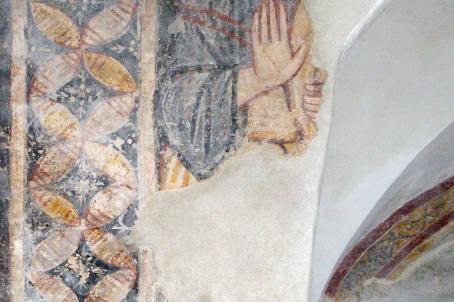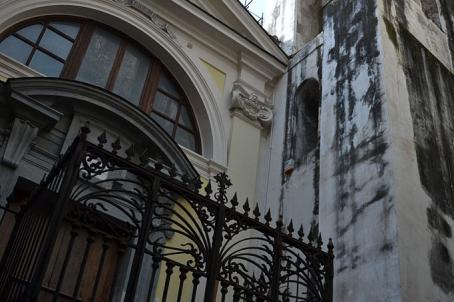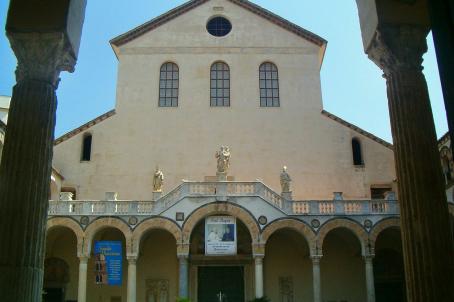Church of San Pietro a Corte
The church of San Pietro a Corte is part of an area in the historic centre of Salerno where archaeological evidence of the various historical changes since the first century AD is documented and visible. The church was founded in the Lombard period, in the 8th century, and has four main stratifications: the Roman thermal building, the early Christian church, the chapel of the Lombard palace and finally the medieval public palace.






